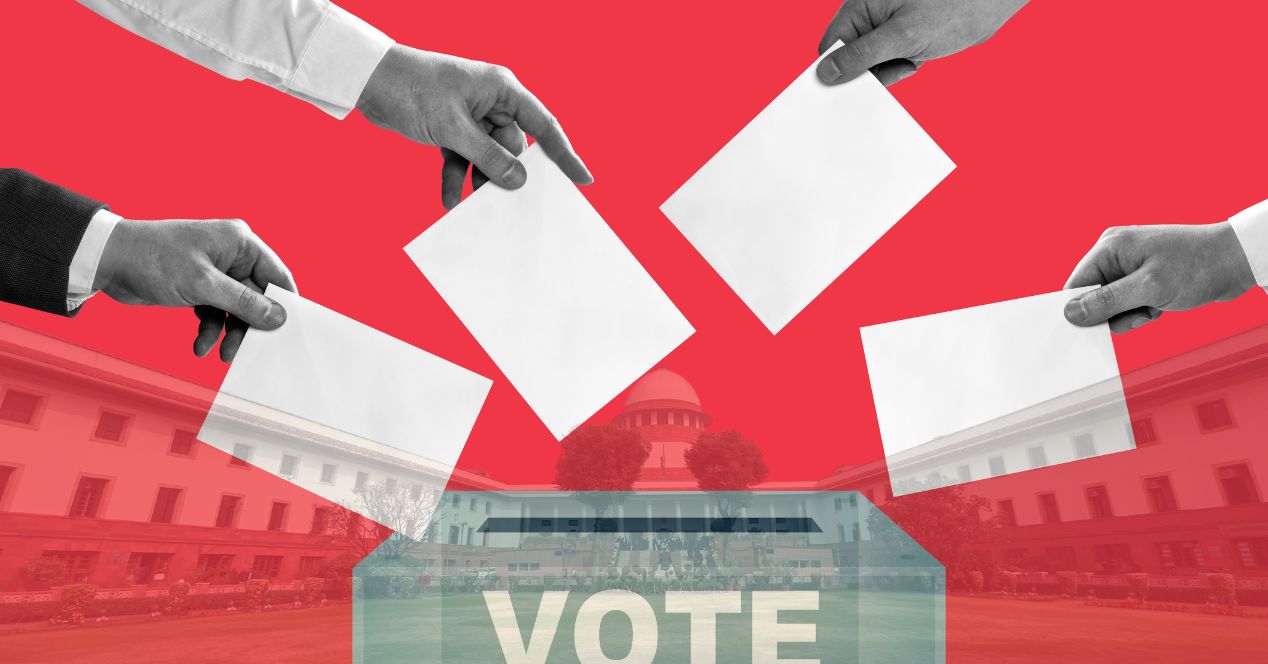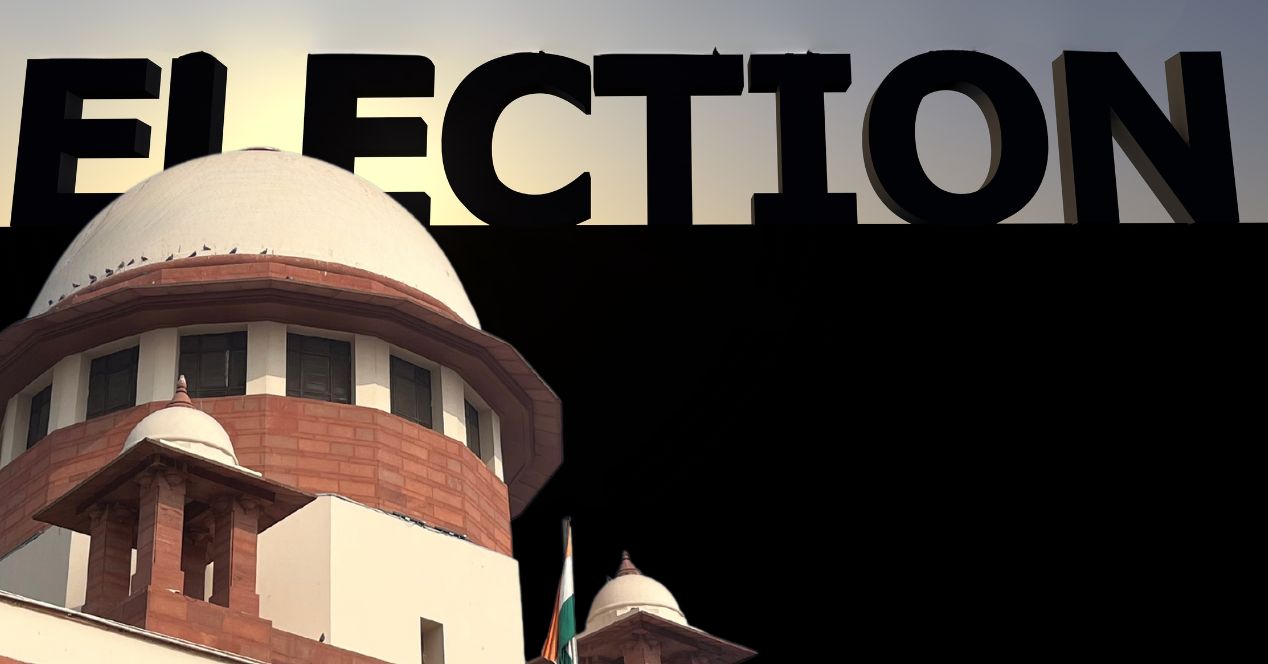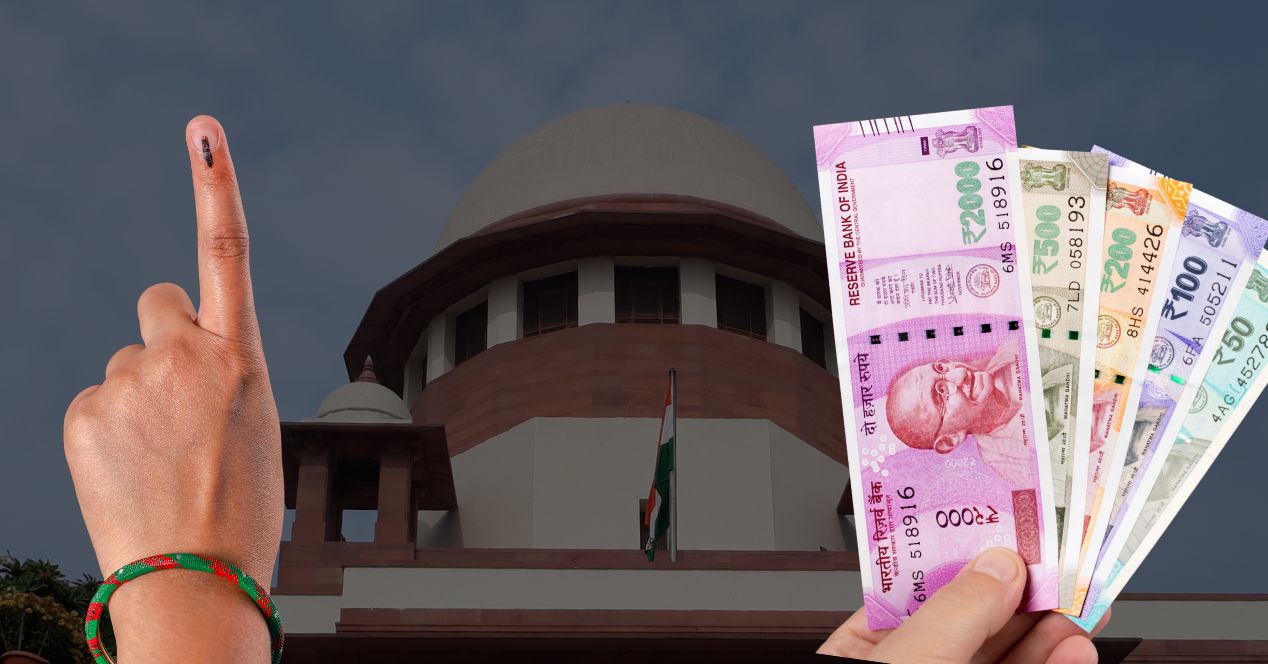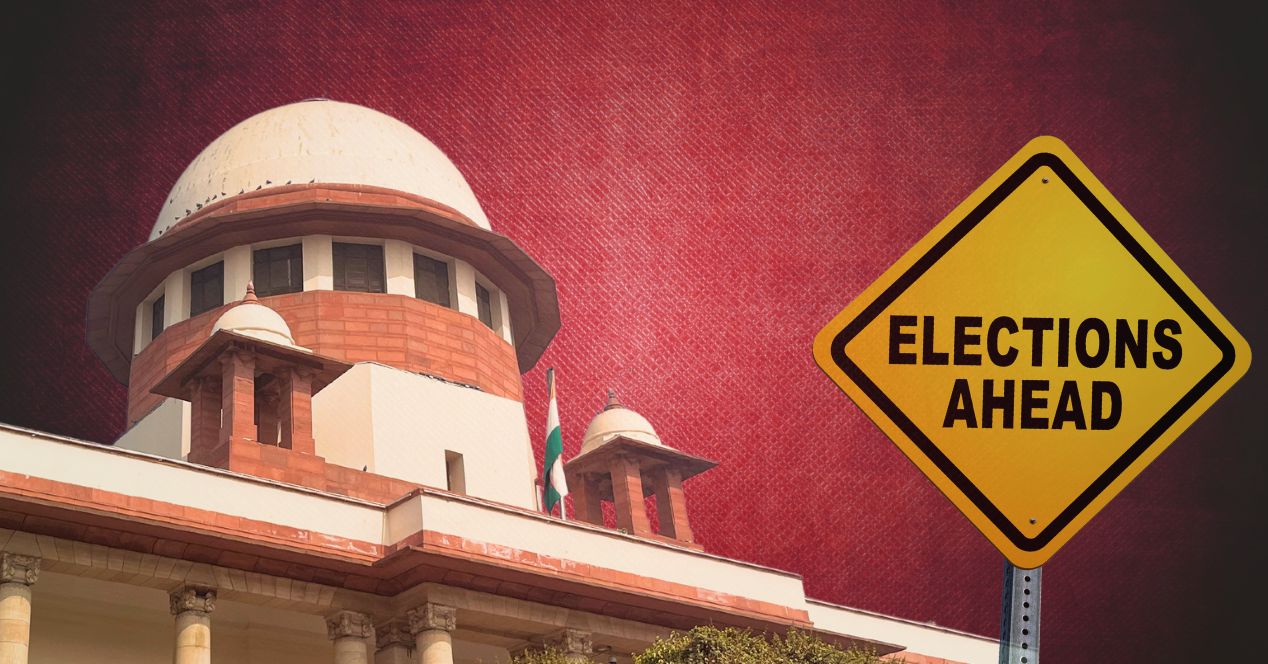Analysis
A Trial for Institutional Sanctity
The Court made many right noises during the VVPAT hearing, they were missing in its judgement.

Recently, the Supreme Court heard the Association of Democratic Reform (ADR)’s petition requesting reversal to paper ballots and in the absence of it, 100 percent counting of the Voter Verifiable Paper Audit Trail (VVPAT) slips. It wasn’t the first time. Time and again, the Court admits, hears and (mostly) dismisses petitions asking the Election Commission of India (ECI) to go hard on transparency.
The Indian elections are massive. Over 969 million registered voters, in seven phases of polling, vote to elect candidates to 543 Lok Sabha seats. 5.5 million electronic voting machines (EVMs) are deployed to over 1.2 million polling stations along with 15 million officials enlisted by the ECI. With so much riding on these machines and so many perplexed by their working, it was important for the government to issue a strong message about their sanctity.
Going into the hearing, I was also skeptical about the timing and optics of it all—the petition was filed in March 2023 but the Court was only taking it up two days before the start of Phase 1. But the earnestness of Justices Sanjiv Khanna and Dipankar Datta was infectious. They spent hours questioning the ECI on the various technical aspects and security features of the EVM and VVPAT.
When bringing back the paper ballot was suggested, Justice Khanna remarked: “We are in our 60s, we all know what happened when there were ballot papers. You may have, but we have not forgotten.” News clips of booth capturing and rigged elections flashed through my mind. I was also thinking of the recent Chandigarh mayoral election fiasco, when the Presiding Officer was captured tampering votes on camera.
So yes, the proceedings were heartening. Here was a case that was centred around the citizen’s right to know whether the vote cast by them was actually registered and counted.
On trial was the sanctity of a key constitutional institution empowered to see us through a peaceful transfer of power.
The judgement, when it came, was not a surprising one. During the hearings, it didn’t appear at any point that the Court would entertain 100 percent verification—the Bench repeatedly asked the petitioner not to be alarmist.
Eventually, the Court was happy with the ECI’s contention that in the 40 million VVPATs counted so far, there had been only one instance of a mismatch. It set store by the idea that if human interface was reduced and things were left to the machines, the sanctity of the process would be better preserved.
“An election without any detected problems is no more a proof that the system is reliable and secure than a night that no one broke into your house is proof that your door locks work,” wrote security expert Bruce Schneier in 2004. “Maybe no one tried to break in, or maybe someone tried and succeeded…and you don’t know it.” Pointing to the susceptibility of computer systems to malware and security bugs, Schneier wrote that the “same software that makes touch-screen voting systems so friendly also makes them inaccurate in the worst possible way.”
Yet, the Supreme Court had no such suspicions when it refused ADR’s prayer. “An overcomplex voting system may engender doubt and uncertainty, thereby easing the chances of manipulation,” the judgement said, “In our considered opinion, the EVMs are simple, secure and user-friendly. The voters, candidates and their representatives, and the officials of the ECI are aware of the nitty-gritty of the EVM system. They also check and ensure righteousness and integrity.”
Of course the petitioners’ ask—which is to audit every vote cast on EVM through the VVPAT—will require a new set of manpower, machines, time and money along with a fresh set of headaches about processes when votes don’t tally. But it is the only way forward. In the US, the demand for rigorous audit of votes has been increasingly fulfilled, thanks to initiatives like the Verified Voting Campaign.
An observation tucked into Justice Datta’s concurring opinion was doubly disappointing. The Court has been called out for picking on ADR, the very organisation that challenged the Electoral Bonds Scheme in the Supreme Court (and won).
This is hardly the last the Court will be hearing of concerns around election capturing. In an era of fake news and manufactured narrative, there’s a heavier burden on the constitutional machinery i.e. the ECI to dispel doubts about their integrity and commitment to the cause of a truly representative democracy. The case for 100 percent verification exists, the resources will have to be found, along with the will. It’s now on the institution to engage deeper with transparency techniques, and submit itself to civil society’s ask.
Clarification: The copy has been amended to reflect that the constitutional machinery being referred to in the final paragraph was the ECI and not the Supreme Court. Any miscommunication is regretted.
This article was first featured in SCO’s Weekly newsletter. Sign up now!
Subscribe now!



